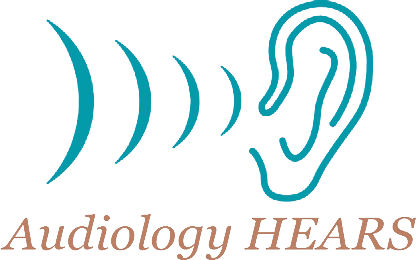Hearing aids have transformed the lives of millions, helping people with hearing loss reconnect with the world around them. Despite their many benefits, myths, and misconceptions about hearing aids persist. These misunderstandings often discourage people from seeking help to improve their hearing health.
Misinformation can make it challenging to separate fact from fiction, but understanding the truth about hearing aids is the first step toward better hearing. Let’s address some of the most common myths surrounding hearing aids and uncover what makes them such a valuable tool for maintaining hearing health.
Hearing Aids Are Only for Severe Hearing Loss
One of the most widespread myths is that hearing aids are only necessary for those with severe or profound hearing loss. In reality, hearing aids are designed to help people with a wide range of hearing challenges, from mild to severe. Many individuals with mild or moderate hearing loss can benefit significantly from amplification.
Addressing hearing loss early can prevent further deterioration and improve overall quality of life. A hearing health exam can determine the level of assistance needed, ensuring the right device is selected for individual needs.
Hearing Aids Are Bulky
Gone are the days when hearing aids were large, clunky devices that drew attention. Modern hearing aids are sleek, discreet, and often nearly invisible. Advancements in technology have allowed manufacturers to design smaller, more comfortable devices that are packed with features.
Many hearing aids, whether placed inside the ear canal or behind the ear, are designed to blend seamlessly with daily life. Choosing a style that suits personal preferences and lifestyle can make the experience even more positive.
They Make Everything Sound Too Loud
Another common misconception is that hearing aids amplify all sounds equally, making the world unbearably loud. Today’s hearing aids use sophisticated technology to enhance the sounds that matter most, such as speech while reducing background noise.
Directional microphones and noise-canceling features help users focus on conversations without becoming overwhelmed by environmental sounds. Adjustments can be made during follow-up appointments to ensure the device performs optimally in various settings.
Hearing Aids Are Difficult to Use
Some believe hearing aids are complicated and require extensive training to operate. While older models may have been less user-friendly, modern devices are designed with simplicity in mind. Many come equipped with intuitive controls, smartphone connectivity, and automatic adjustments based on the environment.
Hearing health professionals provide thorough guidance during fitting appointments, making learning straightforward. Regular follow-ups and support ensure any issues are resolved quickly, giving users confidence in managing their devices.
Hearing Aids Are Only for Older Adults
Hearing loss is often associated with aging, leading to the belief that hearing aids are only for seniors. However, hearing loss can affect people of all ages, including children, teens, and young adults.
Exposure to loud noises, certain medical conditions, and genetics can contribute to hearing loss at any stage of life. Early intervention, including a hearing health exam, is necessary to identify issues and find the right solutions, regardless of age.
Regular Hearing Exams Are Unnecessary
Some assume that hearing health exams are only necessary when noticeable hearing loss occurs. However, regular exams are critical for maintaining hearing health, much like routine vision or dental check-ups.
